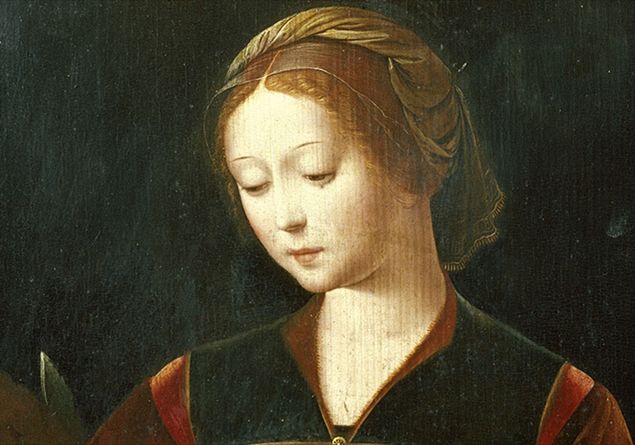
NYFW
The September 2024 edition of New York Fashion Week (NYFW), held from September 6th to September 13th, a global stage for the latest in fashion. A blend of high fashion, street style, and avant-garde designs, the week took place at several prime locations in New York City, including Spring Studios, The Shed at Hudson Yards, and various exclusive spots around the city. As always, NYFW September 2024 attracted the world’s top designers, celebrities, influencers, and fashion enthusiasts, all eager to witness the debut of the Spring/Summer 2025 collections.
Designers and Collections: Looks for Spring/Summer 2025
The September 2024 runway shows highlighted an impressive range of designers, from well-established fashion houses to rising stars making their NYFW debut.
- Marc Jacobs – One of NYFW’s most highly anticipated shows, Marc Jacobs delivered a collection filled with unexpected shapes, bright colors, and oversized silhouettes. Known for his avant-garde approach, Jacobs’ Spring/Summer 2025 collection fused 90s nostalgia with futuristic design elements.
- Brandon Maxwell – Focused on casual luxury, Maxwell’s collection emphasized effortless chic, with flowing dresses, structured jackets, and versatile separates.
- Michael Kors – A constant staple at NYFW, Michael Kors’ collection blended jet-set glam with everyday wear. With flowing maxi dresses, tailored suits, and bold prints, his designs were perfect for both vacation getaways and everyday sophistication.
- Christian Siriano – As always, Siriano stunned with a collection of dramatic gowns and tailored pieces that merged Hollywood glamor with modern artistry. His commitment to size inclusivity was again a central theme.
Newcomers to NYFW 2024
Campillo — a menswear brand founded in 2017 by designer Patricio Campillo. Inspiration comes from Charro culture, Mexican modernist architecture and “pre-Hispanic minimalism.” Campillo is rooted in its Mexican heritage with a focus on sustainable practices.
Off White – Despite already being a well established brand since being founded by the late Virgil Abloh in 2023, this will be their NYFW debut. They have previously shown in Paris fashion week. Now run by IB Kamara, Off-White is based in Milan and designs men’s and women’s clothing, along with accessories, homeware and kids wear.
Sebastien Ami – Inspired by vintage aesthetics and the evolving beauty of well loved objects. ebastien Ami, which is spearheaded by designer Sebastien Amisial and co-directed with partner Marianne Amisial. The brand was launched in 2020 and has already been seen on celebrities such as Bad Bunny, Jack Harlow and Justin Bieber.
The Money Behind NYFW
NYFW is not only a hub of fashion and creativity but also an economic powerhouse for the city. Each season, the week-long event brings in over $900 million to New York’s economy, with significant spending on hotels, dining, and retail according to various reports.
For designers, the costs of participating in NYFW can be staggering. Major shows in prime venues can cost designers upwards of $200,000 to $1 million, depending on the scale of the event, location, and production value. Expenses include model fees, lighting, sound production, set design, and venue rental. However, for high-profile designers, this investment is vital in maintaining their visibility in the competitive fashion market.
NYFW also generates a substantial number of jobs, benefitting over 180,000 professionals.
From event planners, caterers, make-up artists, security and more employed for the event.
Models at NYFW can command different pay rates depending on their experience and status in the industry. For top-tier models like Gigi Hadid or Adut Akech, their fees can reportedly reach around $20,000 per show whereas newcomers earn somewhere on the lower end of $1000. However, the exposure for new models gives them a boost in their career.
Beyond the runway shows, NYFW includes numerous events, from brand-sponsored parties and influencer-driven dinners to exclusive afterparties. These events attract a mix of fashion insiders, celebrities, and press, offering opportunities for networking and media coverage. Pop-up stores, fashion installations, and collaborations with tech and beauty brands are increasingly part of the NYFW landscape, adding to the economic and cultural impact of the week.
The event also generates an influx of visitors to the city boosting tourism and retail and hospitality sectors.
The History of New York Fashion Week
New York Fashion Week’s origins date back to 1943 when fashion publicist Eleanor Lambert created “Press Week” in an effort to shift attention from Paris during World War II and focus on American fashion. This initiative was a turning point for American designers, offering them a platform to showcase their work to the media and buyers without having to rely on European fashion capitals.
In the decades that followed, New York’s status as a fashion hub grew exponentially. By the 1990s, under the leadership of the Council of Fashion Designers of America (CFDA), NYFW had cemented itself as one of the “Big Four” fashion weeks, alongside Paris, Milan, and London. During this time, iconic designers like Ralph Lauren, Donna Karan, and Calvin Klein helped put American fashion on the global map.
NYFW continued to evolve with the rise of digital media. In the 2010s, live-streaming runway shows became the norm, making the event accessible to millions of fashion enthusiasts around the world.





